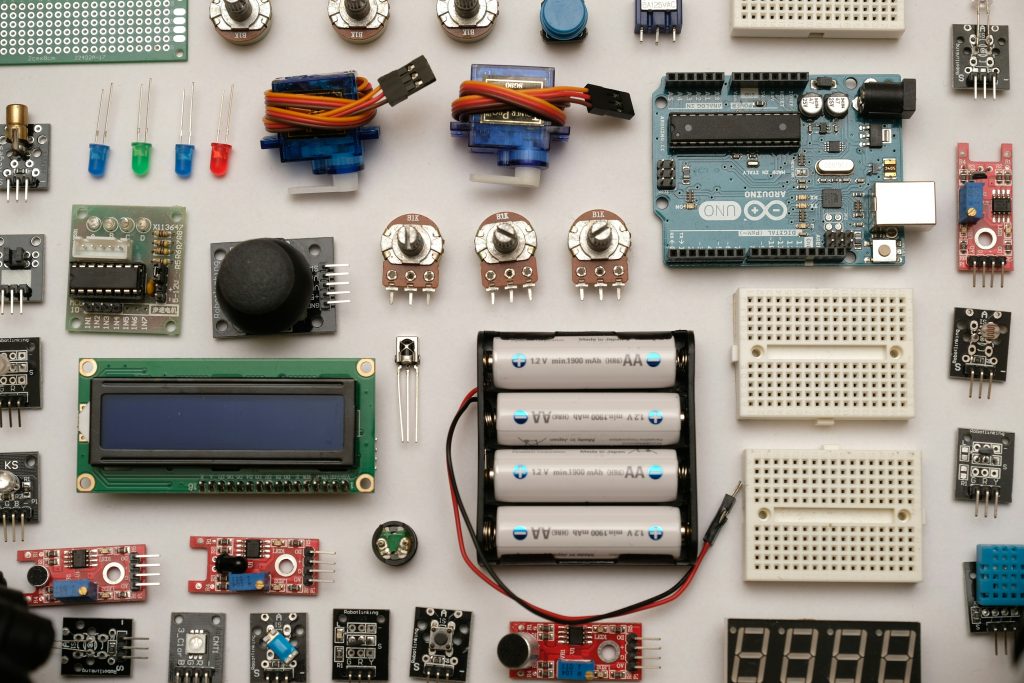The Internet of Things (IoT) is rapidly transforming how devices interact and communicate with each other. From smart homes to connected cities and industrial automation, IoT is enhancing efficiency, security, and convenience. This article explores the evolution of IoT, its key applications, and what the future holds for connected technologies.
1. Understanding IoT and Its Growth
Why It Matters:
IoT is shaping the future by enabling seamless connectivity between devices and systems, improving automation and data-driven decision-making.
Key Concepts:
- What is IoT? A network of interconnected devices that communicate through the internet.
- IoT Growth: The number of IoT devices is expected to exceed 30 billion by 2030.
- Data-Driven Insights: IoT devices collect and analyze data to enhance operational efficiency.
2. IoT in Smart Homes
Why It Matters:
Smart home IoT devices provide convenience, energy efficiency, and enhanced security.
Popular IoT Devices in Homes:
- Smart Thermostats: Devices like Nest and Ecobee optimize energy use.
- Voice Assistants: Alexa and Google Assistant automate tasks and control other smart devices.
- Smart Security Systems: Cameras, door locks, and motion sensors enhance home safety.
3. IoT in Smart Cities
Why It Matters:
IoT is revolutionizing urban development, making cities more sustainable and efficient.
Key Applications:
- Traffic Management: Smart traffic lights and real-time monitoring reduce congestion.
- Public Safety: IoT-enabled surveillance and emergency response systems enhance security.
- Waste Management: Smart bins optimize waste collection routes.
- Energy Efficiency: Smart grids and connected infrastructure reduce energy consumption.
4. IoT in Industries and Manufacturing
Why It Matters:
IoT is driving automation and efficiency in industries, reducing costs and improving productivity.
Key Industrial Applications:
- Predictive Maintenance: IoT sensors detect equipment failures before they occur.
- Supply Chain Optimization: Real-time tracking of goods enhances logistics.
- Connected Healthcare: Wearable IoT devices monitor patient health remotely.
- Smart Agriculture: IoT-enabled sensors optimize irrigation and crop health.
5. The Future of IoT
Why It Matters:
As IoT continues to evolve, new advancements will further integrate connected technology into our daily lives.
Upcoming Trends:
- 5G-Powered IoT: Faster connectivity will enable real-time data exchange.
- Edge Computing: Processing data closer to the source will enhance security and efficiency.
- AI-Driven IoT: Artificial Intelligence will improve automation and predictive analytics.
- Enhanced Cybersecurity: Advanced security protocols will protect IoT networks from cyber threats.
Conclusion
The Internet of Things is reshaping homes, cities, and industries, making everyday life smarter and more efficient. With ongoing advancements in AI, 5G, and edge computing, IoT will continue to drive innovation and connectivity across multiple sectors, ensuring a more automated and intelligent future.

